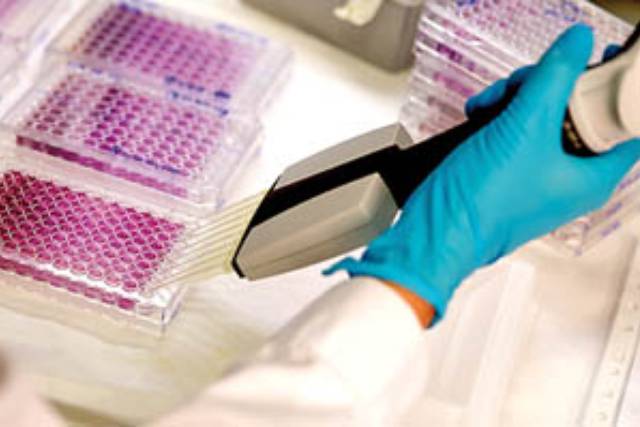IN-VITRO MODEL OF DEGENERATION OF THE CENTRAL NERVOUS SYSTEM, METHOD FOR THE PRODUCTION THEREOF
Description
One of the main impediments to CNS regeneration is the formation of a glial scar by reactive astrocytes, which blocks neuronal regeneration and revascularization. However, the beneficial or harmful role of astrocytes is not entirely clear, since they interfere in the recovery of damaged regions, they seem to be fundamental in the acute phases of trauma, limiting the inflammatory response. Therefore, it is essential to be able to study the astrocyte response in depth.
Although animal models are an essential tool for the study of molecular and cellular damage, and the neurodegeneration of the Central Nervous System, in many cases they are too complex for the isolation and control of specific variables. In addition, the use of animal models is more expensive and requires more work and more cost.
The new in vitro model that has been developed is obtained from explants of the ventricular walls, in such a way that it allows to emulate periventricular neurodegeneration, as occurs in the case of congenital hydrocephalus, and where the astrocyte reaction intervenes. To obtain the model, explants from different regions are used, one of them presents nerve stem cells that constitute neurogenic and gliogenic niches.
Advantages
Explant cultures offer a 3D arrangement, allowing it to be studied in a controlled way and the cellular interactions between neuronal, glia, ependymocytes, endothelial cells, etc. to be maintained. The use of this model allows the histological study of the different cellular reactions with immunohistological techniques and in situ hybridization, which is one of the main obstacles presented by other procedures.
The in vitro model presented allows:
- Compare regions with niches with stem cells and without niches.
- Compare explants of normal animals with animals with a neurodegenerative disease, such as hydrocephalus, since in normal animals there is an astrocytic reaction that emulates that which occurs in hydrocephalus.
- To test in vitro cellular and pharmacological therapies in neurodegenerative and damaging phenomena of the CNS where astroglial cells and inflammatory responses are involved.
Uses and Applications
The present invention belongs to the field of biotechnology, providing a model for the study of hydrocephalus and a method for the search for neuroprotective drugs.
Keywords
Sectors
Areas
Patent Number
ES2427718B1 Expediente
Applicants
UNIVERSIDAD DE MÁLAGA, JUNTA DE ANDALUCÍA. CONSEJERÍA DE SALUD. SERVICIO ANDALUZ DE SALUD.
Inventors
JESUS MATEOS GRONDONA, INMACULADA RUZ MALDONADO, MARÍA DOLORES DOMÍNGUEZ PINOS, MARÍA MARTÍNEZ LEÓN, JOSE MANUEL FERNANDEZ, ANTONIO JESUS JIMENEZ LARA
Filing Date
30/03/2012
Protection Level: National (Spain)
Processing Status: Spanish patent








